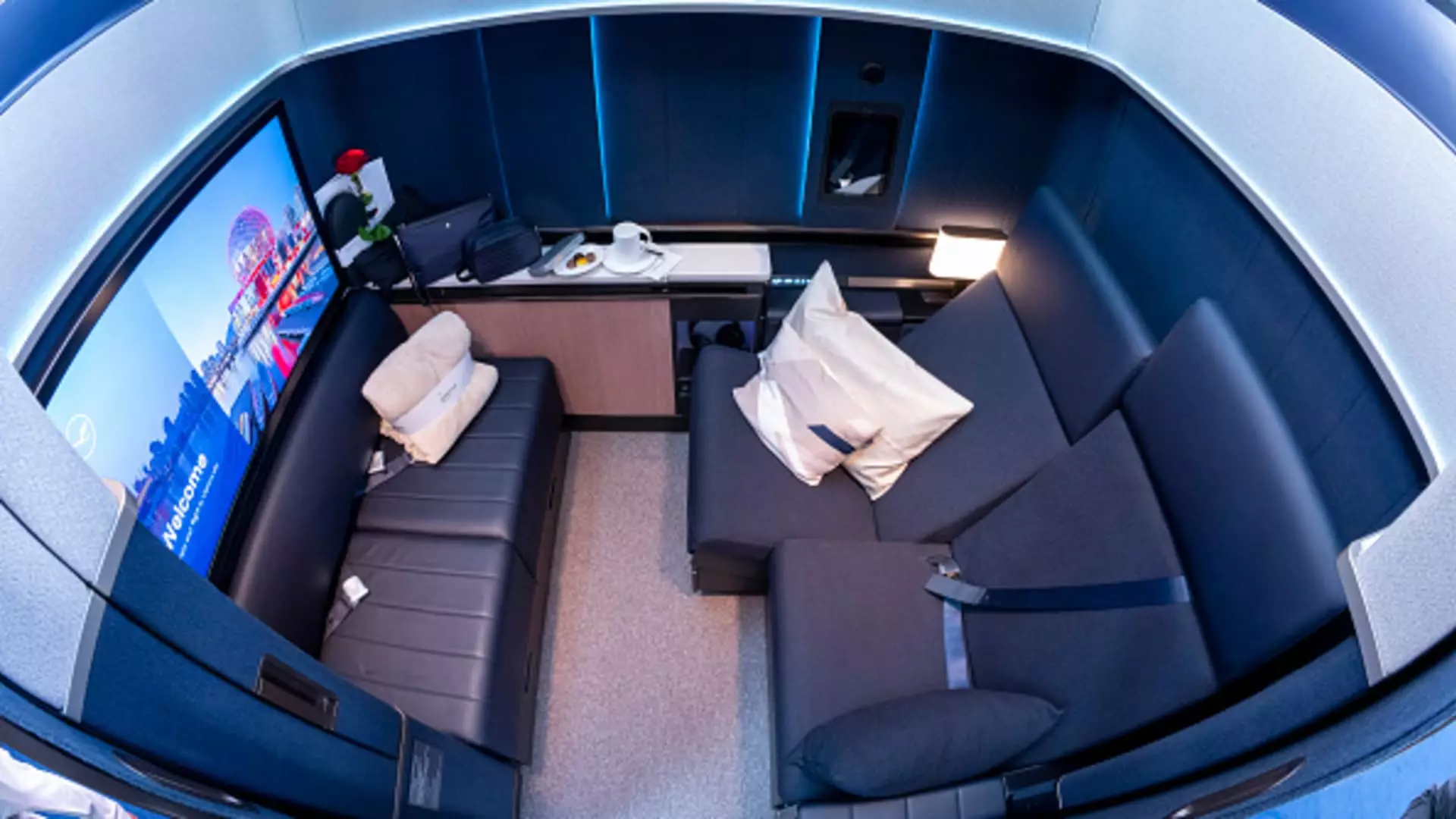In recent years, the aviation industry has seen a pronounced shift towards enhancing passenger comfort, particularly in first and business-class cabins. This trend comes with notable features such as heated and cooled seats, ultra-high-definition screens, and adjustable cabins that include luxurious convertible beds and all-aisle access. However, the quest for creating these high-end experiences has encountered significant hurdles, particularly in the realm of aircraft seat manufacturing and regulatory approvals. The complexity of integrating advanced seating designs into new aircraft models has resulted in delivery delays that jeopardize airlines’ operations and profitability.
Boeing, one of the leading aviation manufacturers, has found its advanced 787 Dreamliners, which are integral for some of the globe’s longest routes, stuck on the production line due to seat-related issues. CEO Kelly Ortberg recently highlighted that while aircraft assembly can be completed, the installation of intricate seating arrangements, which are essential for maximizing passenger comfort, inevitably comes later in the assembly process. The certification process for these seats has proven to be more time-consuming than anticipated. Notably, it isn’t the seat itself that poses a challenge, but rather the associated components such as cabinets and privacy doors that add a layer of complexity requiring rigorous regulatory scrutiny.
Contrary to Boeing’s situation, Airbus is grappling with similar challenges, emphasizing that both industry giants share a common struggle with seat production delays and the certification of cabin installations. The advanced technology incorporated into these high-end seats not only enhances comfort but also increases the number of components that must pass regulatory approval before an aircraft can be delivered. The implications of these delays are profound: aircraft manufacturers rely on timely deliveries to realize revenue, since payment is typically rendered upon delivery rather than at the point of order.
The aircraft manufacturing industry operates within a tightly regulated environment, requiring new seat designs and cabin layouts to gain certification from aviation authorities. These certifications ensure passenger safety during emergencies and compliance with industry standards. However, the current pace of certification and regulatory processes has further complicated the situation. Factors such as labor shortages and pandemic-induced supply chain disruptions have compounded delays, creating a backlog affecting aircraft delivery schedules.
Moreover, the recent decision by the Federal Aviation Administration (FAA) to reduce its workforce is raising concerns about potential further slowdowns in the certification process. Though the agency claims these layoffs do not affect critical safety positions, the overall staffing decline casts doubt on the efficiency with which new aircraft features can receive the necessary approvals.
Airlines are motivated to enhance their premium offerings as consumer behaviors shift. An examination of ticket sales data reveals a significant rise in revenue from premium cabin seating. For instance, Delta Air Lines has reported that more than half of its sales now stem from premium seats, a striking increase from previous years. As airlines like Delta, American Airlines, and Lufthansa work to revamp their cabin interiors and instate modern seating solutions, the stakes are high. The profitability associated with these premium upgrades is substantial; a single business-class seat may encompass around 1,500 individual parts, illustrating both the complexity and the value of such designs.
The investment in new seating arrangements can be likened to the price of luxury automobiles—an indicator of their worth in enhancing customer experiences. Airlines are under pressure to modernize their fleets and cater to a growing demand for premium travel options, particularly as they strive to retain customers who are more willing to spend significantly on upgrades after the COVID-19 pandemic.
The journey towards creating the perfect aircraft cabin is laden with obstacles, including regulatory challenges, supply chain constraints, and evolving consumer expectations. While delays in new aircraft deliveries present immediate hurdles for manufacturers like Boeing and Airbus, these challenges also serve as a catalyst for innovation. As airlines continue to seek out cutting-edge designs that appeal to discerning travelers, the push for luxurious and technologically advanced seating solutions will remain a central focus in the aviation industry.
In the ever-evolving landscape of air travel, navigating these complexities is not merely about enhancing comfort—it is about redefining the standards of passenger experience. By embracing these challenges, airlines and aircraft manufacturers alike can look forward to a future where exceptional cabin experiences become synonymous with air travel, fostering customer loyalty and boosting long-term profitability.

